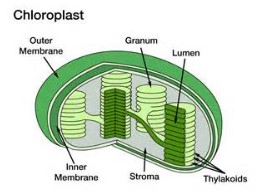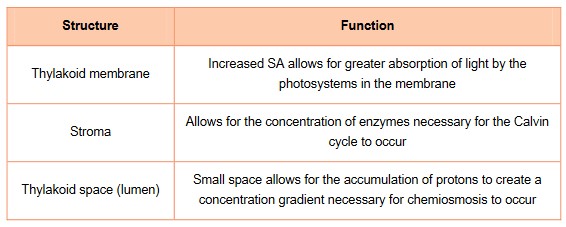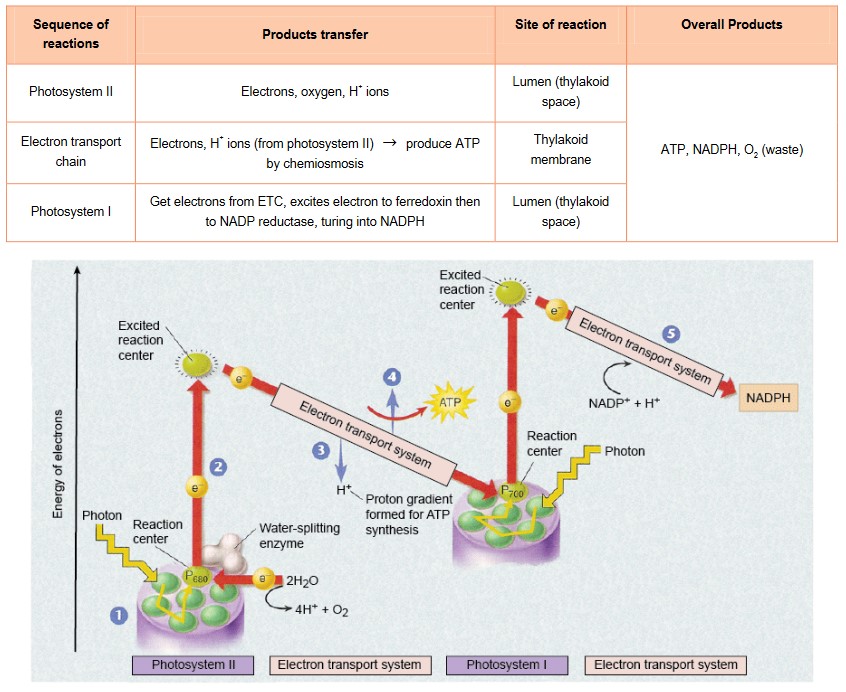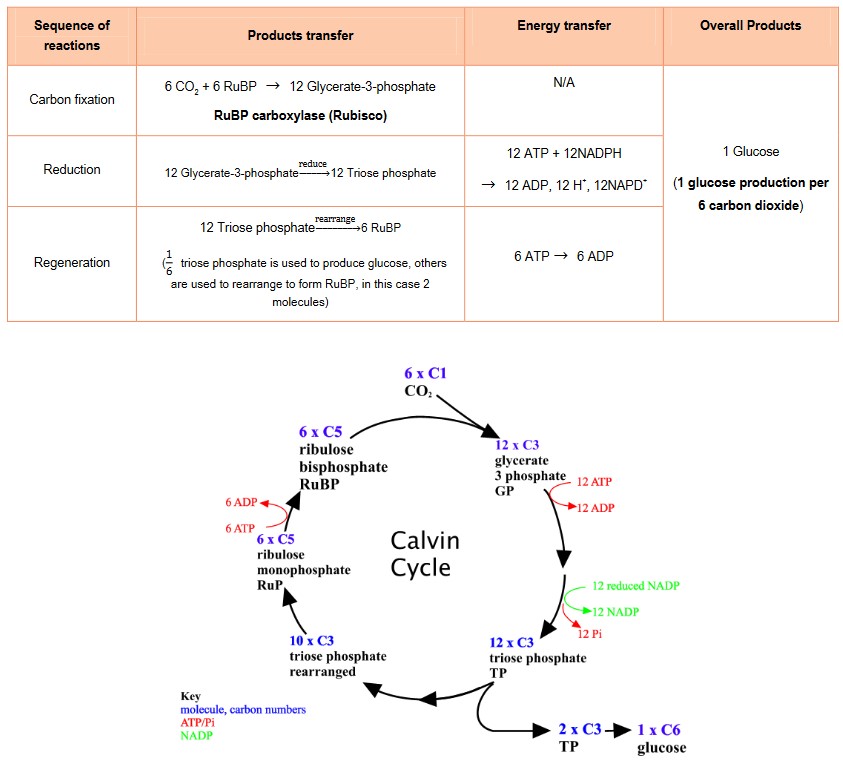Topic 8: Metabolism, cell respiration and photosynthesis (HL)
8.3 Photosynthesis
Structure of chloroplast
- The chloroplast has an outer membrane and an inner membrane
- The inner membrane encloses the interconnected membranes called the thylakoid membranes
- Chlorophyll molecules are grouped together into photosystems contained within the thylakoid membranes.
- The area within these thylakoid membranes is called the thylakoid space (lumen) and this is where the light-dependent reactions take place Inside the thylakoid, green pigments can be found, which is mainly consisted ofhlorophyll A, chlorophyll B and carotenoids
All those pigments are organized into photosystems


Light-dependent reaction
Photosystem II:
- Photon of light is absorbed by pigments on photosystem II and the energy is transferred to chlorophyll A and excites one of its electron
- The electron is captured by an electron carrier to the electron transport chain (ETC)
- Water is splitted to replace lost electron, and produce H+ ion, oxygen and electrons
- Water splitting process is called photolysis, which is happened in the enzymes called water splitting enzyme
Electron transport chain:
- Electrons (from photosystem II)are carried along the electron transport chain, actively transport \(H^+\) ion across the membrane. The de-energised electrons are passed to the photosystem I to replace lost electrons
- Chemiosmosis: \(H^+\) ions create a concentration difference between the thylakoid space and stroma. Through normal diffusion along the concentration gradient, \(H^+\)ions diffuse back into the thylakoid space (lumen) and then drive ATP synthase to produce ATP
Photosystem I:
- Photons excite electrons in photosystem I, moved by an electron acceptor to ferredoxin
- Lost electrons are replaced form electrons travelled from ETC, which is originally excited in photosystem II
- Electrons are used to reduce \(NADP^+\) to NADPH by NADP reductase
Summative Light-dependent reaction table

Light-independent reaction (Calvin Cycle)
- One \(CO_2\) molecule enters the Calvin cycle and combines with a 5 carbon molecule called Ribulose bisphosphate (RuBP) to temporarily form a
6C molecule. - This reaction is catalyzed by the enzyme RuBP carboxylase (rubisco).
- This immediately breaks down into two 3C molecules called glycerate-3-phosphate (G3P).
- G3P molecules are reduced by adding hydrogen from NADPH using the energy from the breakdown of an ATP molecule, which will be turned into triose phosphate
- Two TP molecules are used to produce one six carbon glucose phosphate molecule, which can eventually be combined with other glucose phosphate to form starch.
- The other ten TP (3C) molecules are used to regenerate six RuBP (5C) using 6 ATP molecules for energy.
- So for every 6 triose phosphate molecules produced, 5 of these triose (3C) sugars are used to reform 3 RuBP (5C) molecules using 3 ATP
molecules The one remaining triose phosphate forms half a glucose phosphate
Summative Light-independent reaction table
